Lake Titicaca: a trip to the highest navigable lake in the world
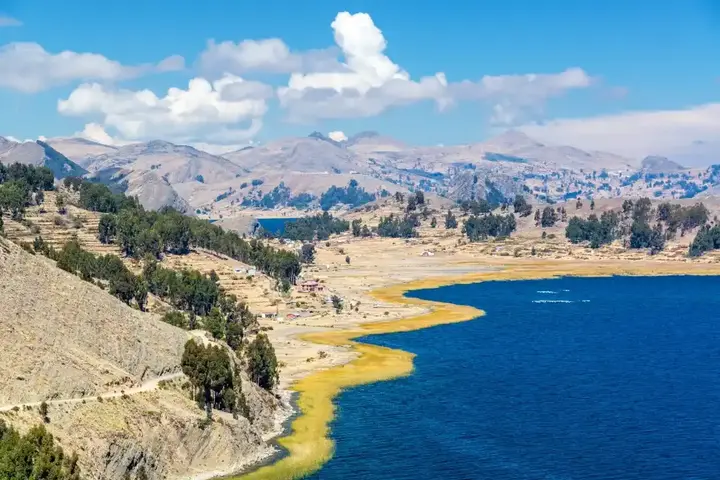
Lake Titicaca sits high in the Andes between Peru and Bolivia, at 3,812 meters above sea level, making it the highest navigable lake in the world. Titicaca is a great destination for adventure lovers and nature lovers, combining breathtaking natural beauty with the rich cultural heritage of the indigenous peoples who live around it.
Show key points
- Lake Titicaca is the highest navigable lake in the world, situated at 3,812 meters above sea level between Peru and Bolivia.
- It holds deep cultural and spiritual significance for indigenous peoples, especially the Aymara and Quechua, who have lived around its shores for centuries.
- The lake is renowned for its stunning natural scenery, with calm blue waters mirroring the surrounding Andes mountains and vibrant sunsets.
- ADVERTISEMENT
- Tourists can explore unique cultural experiences on islands such as Taquile and the Uros floating islands, where ancient traditions like reed-based living and weaving still thrive.
- Rich in legend, Lake Titicaca is believed to be the birthplace of the Inca civilization, with mythological stories tied to sacred islands like Isla del Sol.
- Adventure seekers enjoy activities like kayaking between islands, hiking along the shoreline, and even camping under the stars on remote islands.
- The lake supports a rare ecosystem, home to unique wildlife species such as the giant Titicaca frog and many migratory birds.
The location and importance of Lake Titicaca
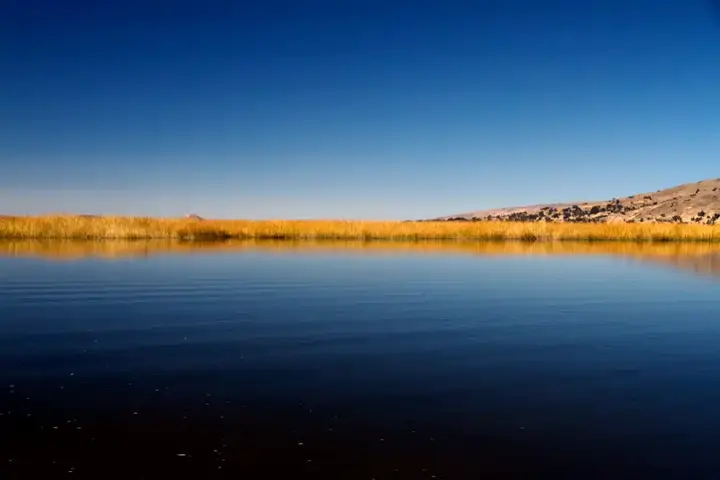
Lake Titicaca is not just a magnificent landscape, it is a cultural and historical treasure. It covers an area of about 8,372 square kilometers, making it the largest lake in South America. Spread between Peru and Bolivia, the lake is a vital source of water and a sacred place for many indigenous peoples such as the Aymara and Quechua people.
Recommend
The lake has always been an important cultural and religious center, with many believing that ancient civilizations such as the Incas originated around it. According to legend, the god Veracocha sent the sons of the sun to save humanity, and their first appearance was from the sacred waters of Titicaca.
What makes Lake Titicaca a unique destination for tourists?
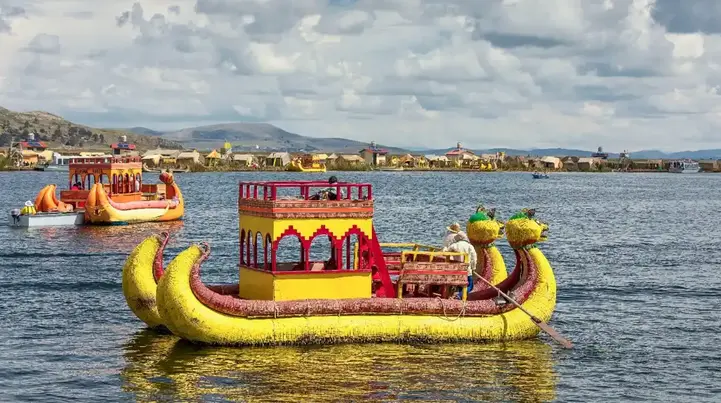
1. Natural beauty
The views of Lake Titicaca are incomparable. It combines deep blue waters with surrounding hills that stand out against the backdrop of a pristine blue sky. The lake reflects a wonderful picture of the surrounding mountains, especially in the mornings when the water is calm like a mirror of nature. One of the most stunning sights you will find is the sunset when the orange and pink colors fade into the lake waters.
2. Indigenous culture
Your trip to Lake Titicaca would not be complete without learning about the local culture of the indigenous peoples. The Aymara and Quechua villages, dotted by the lake and on floating islands, offer visitors an exceptional experience. You can visit the island of Takili or the floating Urus Islands, where residents live on islands made of reeds, a tradition that has been going on for hundreds of years.
Takili Island, a UNESCO World Heritage Site, is one of the most prominent cultural destinations on the lake. Here, you will have the opportunity to interact with the islanders who still practice traditional hand-weaving. Weaving on this island is an art of great importance as products are exported all over the world.
The floating Urus Islands is another unforgettable experience. These islands are made entirely from the reed plant that grows in the lake, and locals replenish them regularly to ensure their sustainability. You can talk to the natives here, and explore their lifestyle that relies on fishing and traditional crafts.
3. Myths and religious beliefs
Lake Titicaca represents a deep spiritual and cultural place. According to legend, the lake was home to the Inca goddesses, as it is believed that the first emperor "Manco Capac" and his wife "Mama Oklo" came out of its waters to establish the Inca Empire. This legend is associated with the hills of Isla del Sol in Bolivia, a sacred island in the middle of the lake where tourists can explore ancient ruins and temples that tell the legendary story of the emergence of the Inca people.
Unforgettable adventures
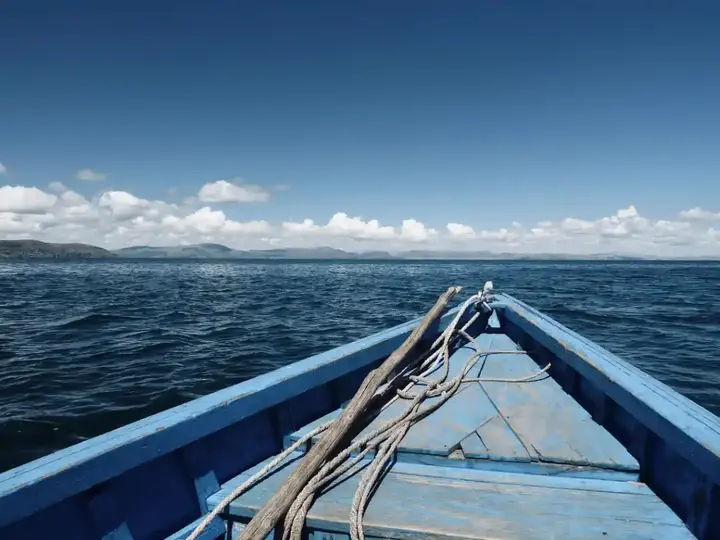
For adventurers and lovers of outdoor activities, Lake Titicaca offers many opportunities to enjoy nature. You can cruise on small boats between islands, or rent kayaks to move between villages and islands and enjoy the clear blue waters.
You can also take part in hiking trips around the lake, allowing you to enjoy the pristine landscape and explore the hills and surroundings. If you want a unique experience, you can camp on one of the remote islands to enjoy a night under the stars in one of the highest places in the world.
Unique Wildlife
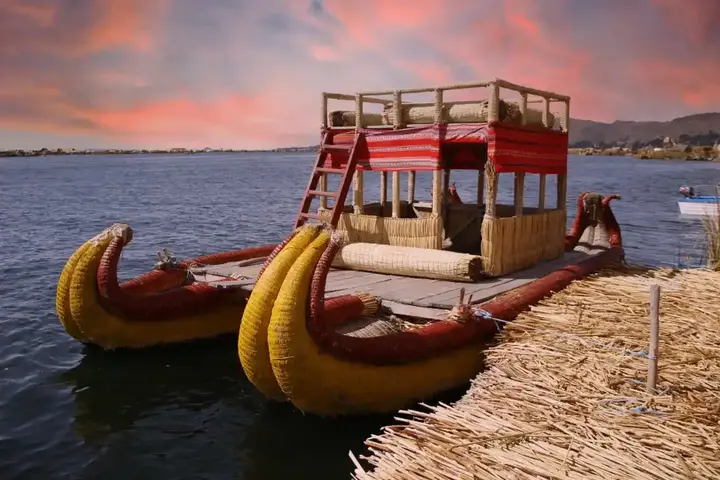
Titicaca is not only a place of culture and adventure, it is home to a unique environment that includes many rare plant and animal species. The lake is home to unique species of fish and birds, including the giant Titicaca frog, which is one of the largest frog species in the world. Wildlife lovers enjoy watching migratory birds that stop in the area during their annual migration.
How to get to Lake Titicaca?
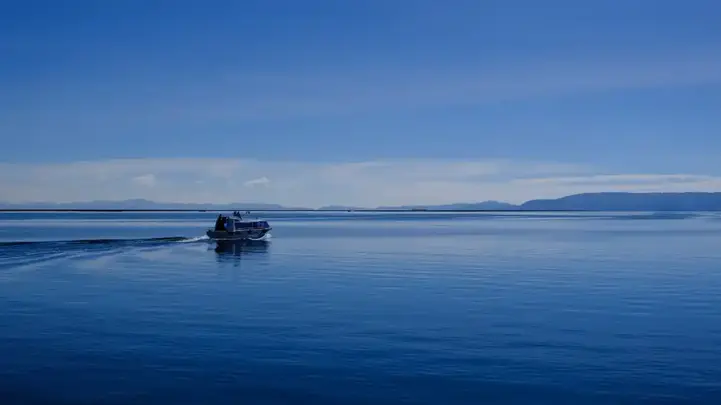
Lake Titicaca is easy to get through several means. It can be reached from Lima, the Peruvian capital, by flying to the nearby city of Julica, and then by bus to Puno, the city that serves as a starting base for trips to the lake. From Bolivia, you can reach the lake from La Paz with a short bus ride.
Best time to visit Lake Titicaca
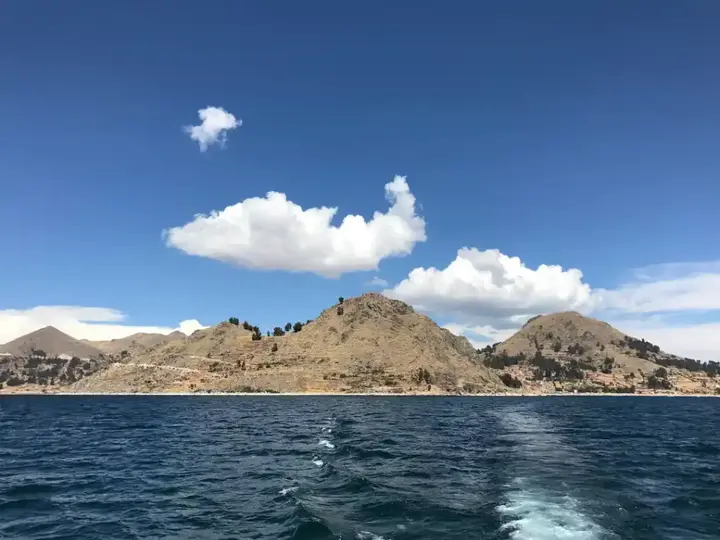
Although Lake Titicaca is open to visit all year round, the best time to enjoy the mild weather and stunning landscapes is from May to October, when it is dry and sunny. During this period, the skies are clear, giving you the opportunity to see the snow-capped mountains surrounding the lake.
During the colder months, the nights can be very cold, but you can enjoy a tranquil atmosphere and a tourist-free landscape. So, if you're looking for a calmer and more authentic experience, this might be the right time for you.
Tips for tourists when visiting Lake Titicaca
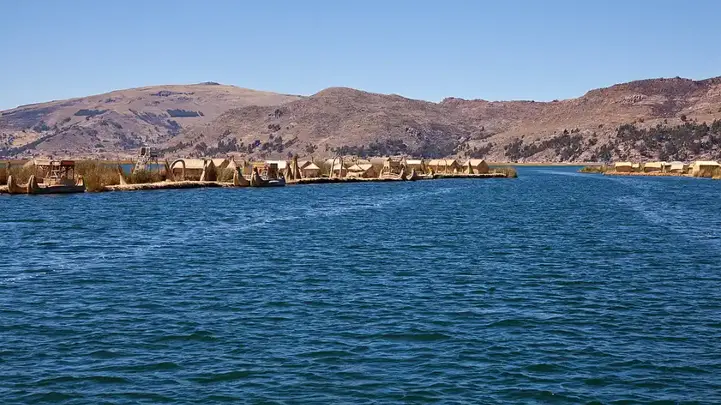
1. Preparing for sea rise: Due to the high height of the lake, some may feel the effects of sea level rise, such as shortness of breath or dizziness. It's important to slowly acclimatize and drink enough water, possibly avoiding intense physical exertion in the early days.
2. Respect for local culture: When visiting indigenous villages, their customs and traditions must be respected. It is preferable to buy local craft products to support the local economy.
3. Good planning: Be sure to plan ahead your trips to the different islands to ensure you visit important sites, such as the Aurus Islands or Isla del Sol.
Lake Titicaca is not just an ordinary lake, it is a destination that carries with it the beauty of nature, the richness of history, and the depth of local culture. If you are a fan of travel and adventure, a trip to this unique lake high in the Andes will be an unforgettable experience.








